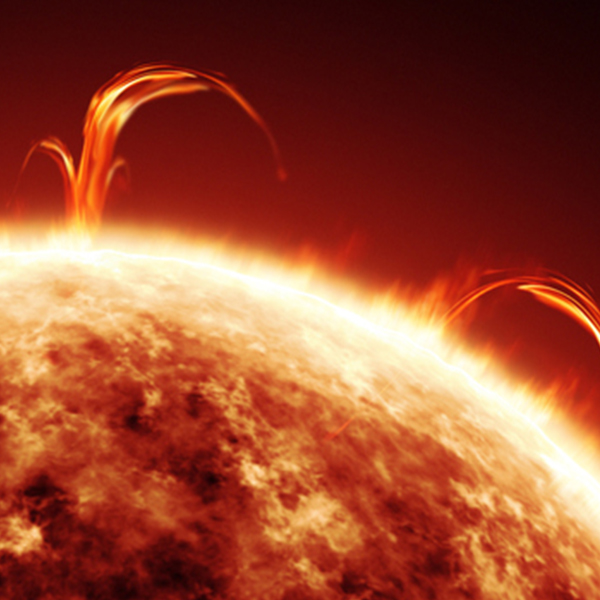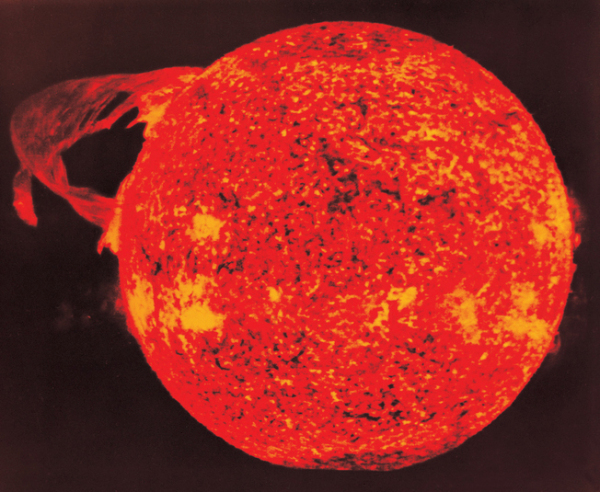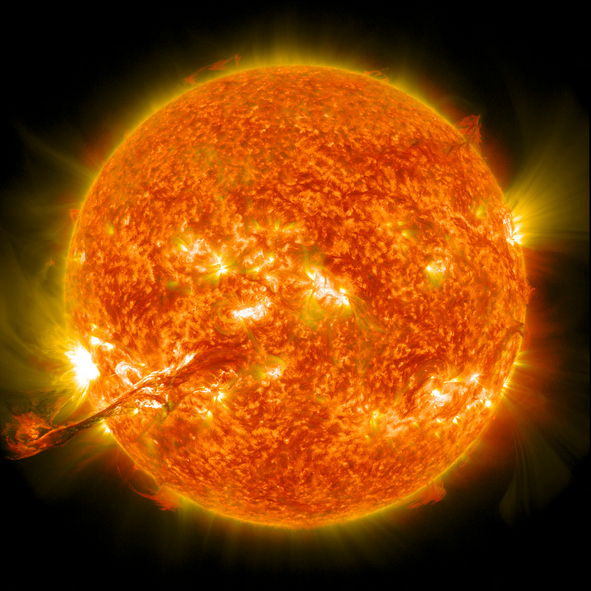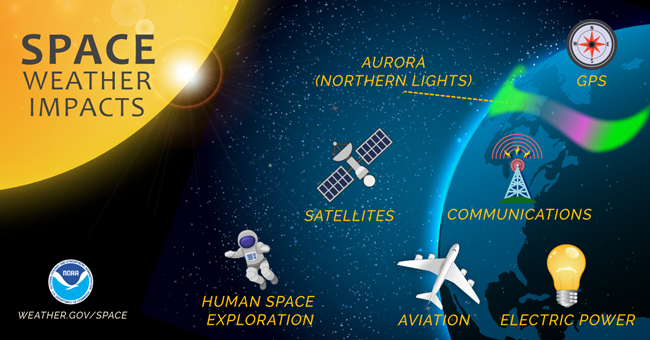Solar Storms: Exploring the Sun's Explosive Outbursts

Close up of the Sun’s surface (DrPixel, Getty Images)

Close up of the Sun’s surface (DrPixel, Getty Images)
6.5
How does this align with my curriculum?
BC
7
Science Grade 7 (June 2016)
Big Idea: The electromagnetic force produces both electricity and magnetism.
YT
7
Science Grade 7 (British Columbia, June 2016)
Big Idea: The electromagnetic force produces both electricity and magnetism.



